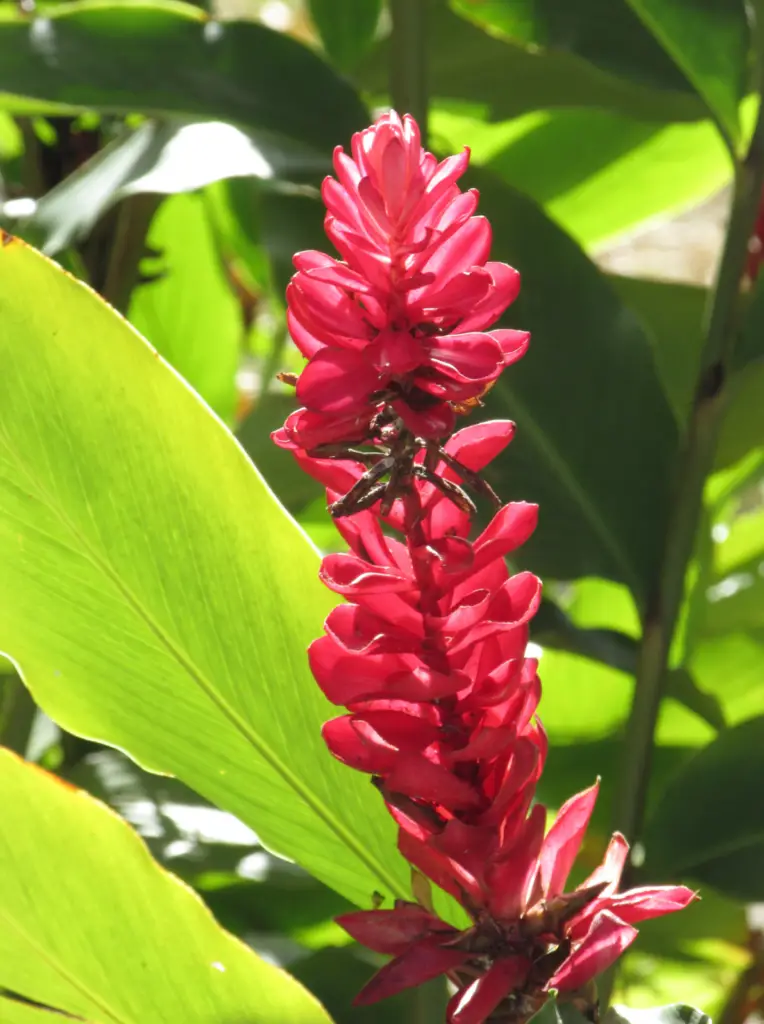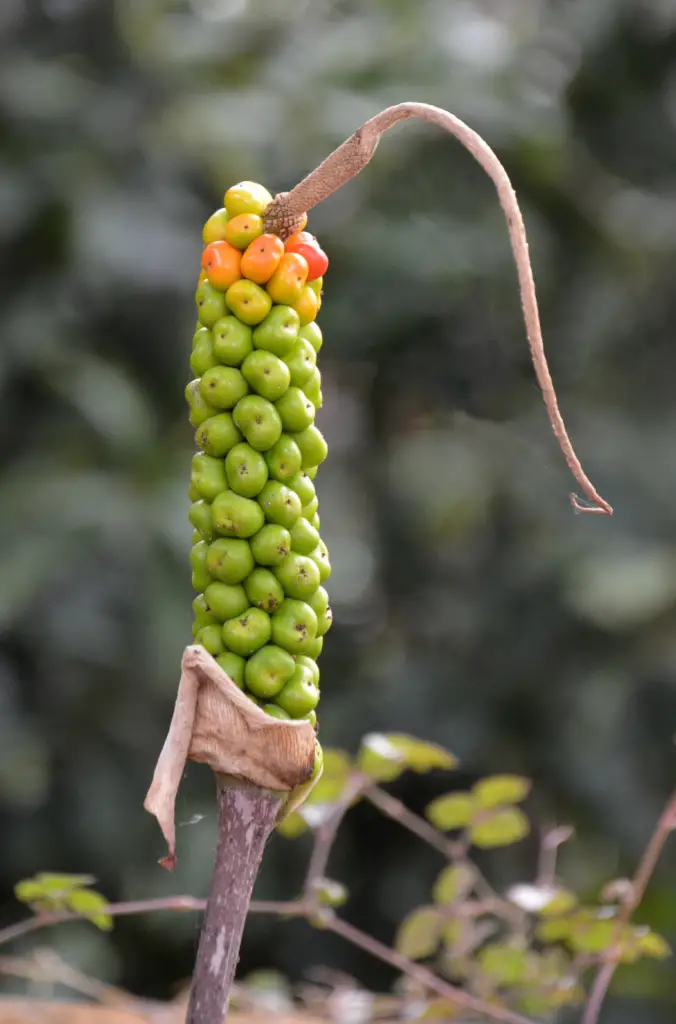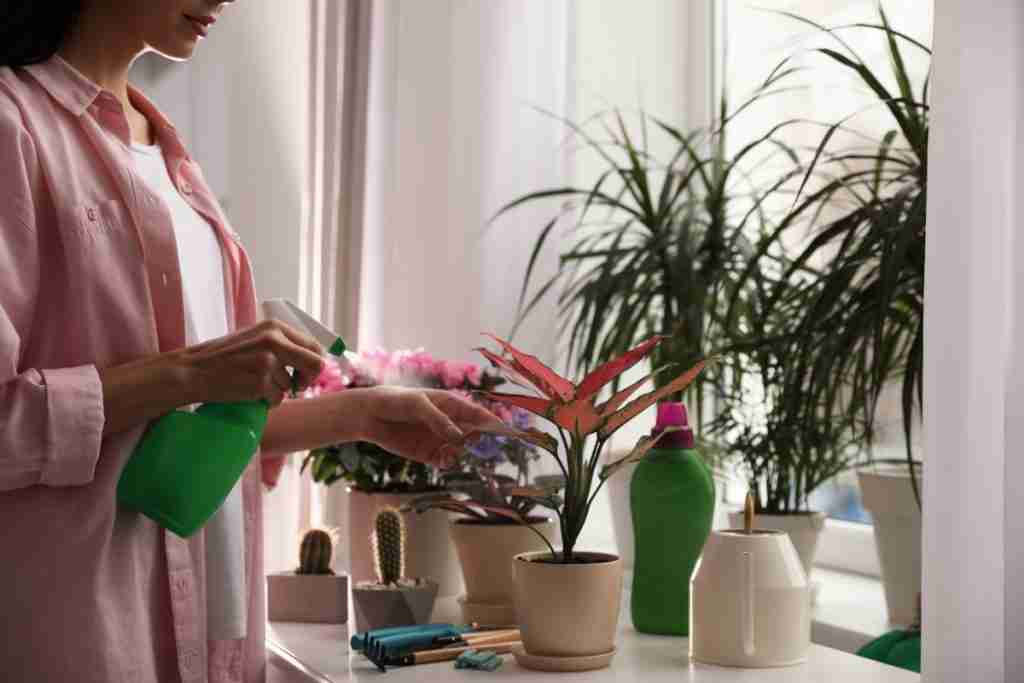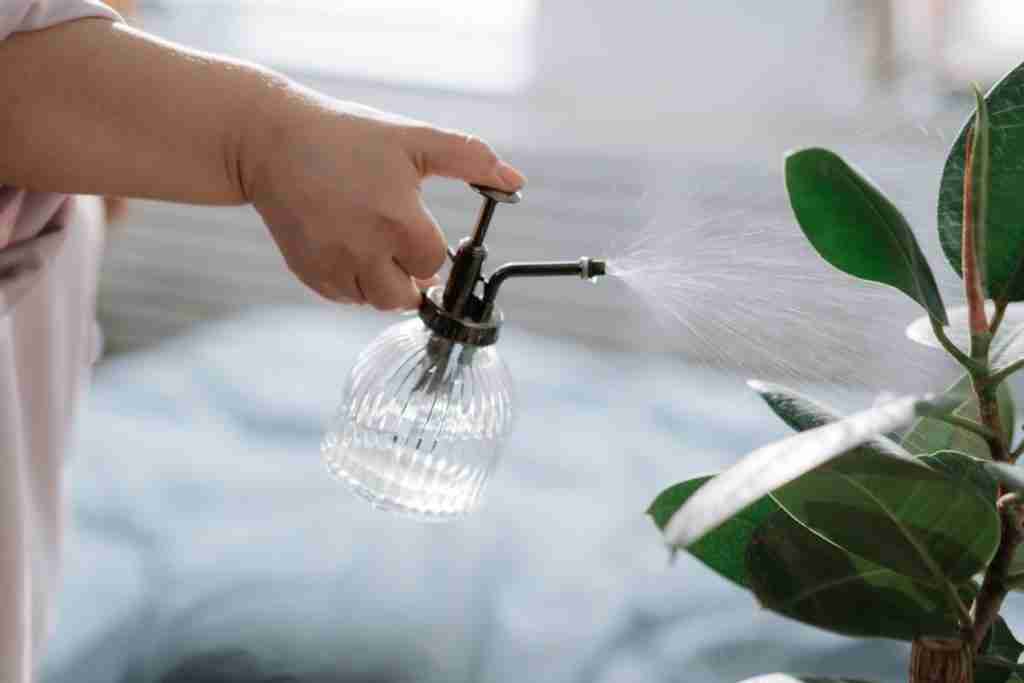Zingiber purpureum, commonly known as purple ginger or red ginger lily, is a stunning tropical plant that has become increasingly popular as an indoor plant in recent years. The plant is native to Southeast Asia, including Malaysia, Indonesia, and the Philippines, where it grows naturally in rainforests and along riverbanks. Zingiber purpureum is prized for its striking, dark purple leaves and showy, reddish-pink flowers, which bloom intermittently throughout the year. In this article, we will explore the characteristics and care requirements of Zingiber purpureum as an indoor plant.


Table of Contents
Appearance and Characteristics
Zingiber purpureum is a member of the ginger family, Zingiberaceae, which also includes other popular indoor plants such as Alpinia zerumbet and Hedychium coronarium. The plant can grow up to 6 feet tall (1.8 metres) and 4 feet wide (1.2 metres), but it is often smaller when grown indoors. Its most striking feature is its dark purple, lance-shaped leaves, which are approximately 8-12 inches long (2.4 metres – 3.6 metres) and 2-3 inches wide (0.6-0.9 metres). The leaves have a glossy, waxy texture and are arranged in a spiral around the stem. The plant’s stems are also purple, and they can grow up to 1 inch (0.3 metres) thick.
In addition to its foliage, Zingiber purpureum produces showy, reddish-pink flowers that emerge from the base of the plant on separate stalks. The flowers are about 3 inches (0.9 metres) long and have a tubular shape with flared petals. They bloom intermittently throughout the year, with peak blooming periods in spring and summer. The flowers are not particularly fragrant, but they are eye-catching and add a pop of colour to any indoor space.
Growing Conditions
Zingiber purpureum is a tropical plant that requires warm temperatures and high humidity to thrive. It is typically grown as an indoor plant. When growing Zingiber purpureum indoors, it is important to provide it with the right growing conditions to ensure healthy growth and flowering.
Light
Zingiber purpureum prefers bright, indirect light but can also tolerate some direct sunlight. Place the plant near a window that receives morning or late afternoon sun, or use a sheer curtain to filter the light. Avoid placing the plant in direct sunlight for extended periods, as this can scorch the leaves.
Temperature
Zingiber purpureum prefers warm temperatures between 60-80°F (15-27°C). It can tolerate cooler temperatures, but it will not grow or bloom as well. Avoid placing the plant in drafty areas or near heating or cooling vents, as this can cause stress.
Humidity
Zingiber purpureum requires high humidity levels to thrive. Aim for a humidity level between 50-60% by placing a humidifier near the plant or using a pebble tray filled with water. You can also mist the plant’s leaves regularly to increase humidity. Avoid placing the plant near air conditioning units or heaters, which can dry out the air.
Soil
Zingiber purpureum prefers well-draining, slightly acidic soil with a pH between 5.5-6.5. You can use a commercial potting mix designed for tropical plants or make your own by mixing equal parts of peat moss, perlite, and vermiculite.
Watering
Watering Zingiber purpureum can be a bit tricky, as the plant prefers consistently moist soil but is susceptible to root rot if overwatered. It’s best to water the plant once a week or when the pot feels light. Water deeply until water drains out of the bottom of the pot, then discard any excess water. Avoid letting the plant sit in standing water, as this can cause root rot. It’s also important to be mindful of humidity levels, as Zingiber purpureum requires high humidity to thrive.
Fertilising
Fertilising Zingiber purpureum can help encourage healthy growth and flowering. You can fertilise the plant every 2-4 weeks during the growing season (spring and summer) using a balanced, water-soluble fertiliser designed for tropical plants. Follow the instructions on the fertiliser packaging for the correct dosage and frequency. It’s important not to over-fertilise the plant, as this can cause burning and damage to the roots. Avoid fertilising the plant during the dormant season (fall and winter) when growth slows down.
Repotting
Repotting Zingiber purpureum is typically only necessary every 2-3 years, or when the plant has outgrown its current pot. You can tell it’s time to repot when the roots start to emerge from the bottom of the pot or the soil dries out too quickly. Choose a pot that is one size larger than the current pot and has drainage holes. Use a well-draining potting mix and water the plant thoroughly after repotting. Avoid repotting during the dormant season (autumn/fall and winter), as the plant is not actively growing and may be more susceptible to stress.
Common pests and diseases
Zingiber purpureum is generally a hardy and disease-resistant plant, but it can occasionally be affected by pests and diseases. Some common pests that may infest Zingiber purpureum include spider mites, mealybugs, and scale insects. These pests can be controlled by regularly wiping the leaves with a damp cloth, using an insecticidal soap or neem oil spray, or introducing natural predators like ladybugs.
Zingiber purpureum can also be susceptible to fungal diseases such as root rot, leaf spot, and powdery mildew. These diseases can be caused by overwatering, poor drainage, or high humidity levels. To prevent fungal diseases, make sure the plant is not sitting in standing water and is not overwatered. You can also increase air circulation around the plant by placing it near a fan or opening a window. If the plant is already affected by fungal disease, you can treat it with a fungicide according to the instructions on the product label.


Conclusion
Zingiber purpureum is an excellent indoor plant that can add a tropical touch to any room. With its striking purple stems, lush foliage, and fragrant flowers, it’s a popular choice among plant enthusiasts. However, it’s important to note that this plant requires specific care, including consistent watering, high humidity levels, and occasional fertilisation. Zingiber purpureum is generally a hardy plant, but it can be affected by pests and diseases such as spider mites, mealybugs, root rot, and powdery mildew. With proper care and attention, Zingiber purpureum can thrive as a beautiful and rewarding addition to any indoor plant collection.
